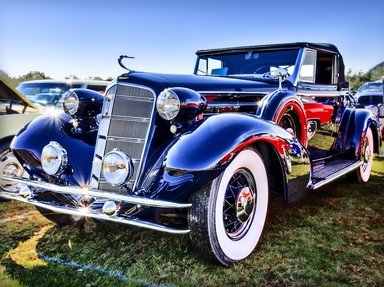Quiz Answer Key and Fun Facts
1. Which Belgian-French scientist patented in 1860 the first internal combustion engine that really was used to move vehicles without horses?
2. All cars known in the era of King Charles III are equipped with pneumatic tyres. Who was the first to commercialize a patent on pneumatic tyres?
3. Which car manufacturer experimented in 1958 with a front engine that powered the front wheels, and a rear engine powering the rear wheels?
4. In order to drive at night, you need some kind of lights on your car. During the age of King Charles III, LED technology has largely replaced previous lighting applications such as halogen lamps or light bulbs. What does LED stand for?
5. Which car was the first that was mass commercialized with a continuous variable transmission?
6. Who is generally considered to be the inventor of the windscreen wipers?
7. True or false? Since the start of the 21st Century automated parking assistance devices are available on high-end cars.
8. What is the meaning of GPS as applied in cars?
9. Which car brand, known for their concern with driver safety and passenger safety, was the first to commercialize three-point safety belts in 1959?
10. Which of these abbreviations indicates the electronic component that keeps steering possible during an emergency brake?
Source: Author
JanIQ
This quiz was reviewed by FunTrivia editor
Bruyere before going online.
Any errors found in FunTrivia content are routinely corrected through our feedback system.
